FIRE: A process in which substances combine chemically with oxygen from the air and typically give out bright light, heat, and smoke; combination or burning.
Methods used for controlling of fire
Cooling: Let it cool down.
Smothering: Should separate all products that can take fire.
Blanketing: Cover the fire so that it will not get oxygen for burning.
Classification of extinguishers
Class A = apply on solid combustible material e.g.:- wood, coal, plastic.
Class B = apply on chemicals e.g.:- petrol, diesel, flammable chemicals.
Class C = electrical equipment e.g.:- wiring, circuit breaker, and outlets.
Class D = commonly found in the chemical laboratories. They are for fires that involve combustible metals.
e.g.:- magnesium, titanium, potassium, and sodium.
Class k = they are typically found in restaurants and cafeteria kitchen.
e.g.:- cooking oil, Trans fat, or fats in cooking appliances.
Cylinder Types
1. Water
2. Carbon dioxide(co2)
3. Dry chemical(BC)
4. Mechanical foam(AFFF)
How to use a Fire Extinguisher?
Fire Hydrant
A fire hydrant is an active fire protection measure and a connection point by which firefighter can tap into a water supply. The user attaches a hose to the fire hydrant and then opens a valve on the hydrant to provide a powerful flow of water.
How to use Fire Fighting Hydrant?
Fire monitor
A deluge gun, fire monitor, master stream, water stream, water cannon, or deck gun is an amiable controllable high-capacity water jet used for manual firefighter or automatic fire protection system.
They are often designed to accommodate foam which has been injected in upstream piping.
Fire Engine
It is also known as a fire truck, it is a vehicle designed primarily for firefighting operations. In addition, many fire departments often employ their vehicles for various other uses including emergency medical services and rescue purposes.
The primary work of a fire engine includes transporting firefighters to an incident scene, providing water with which to fight a fire, and carrying other equipment needed by the firefighter.
e.g. – ladders, first aid, hydraulic rescue tools, fire extinguisher.
Fire Fighting Truck
Process for Transportation of chemicals in the chemical industry
1. Tank moisture checking is done 3 times before filling it.
2. After the clean result of the first step then proper grounding is done to the tank.
3. Manually filling is done.
4. There are 8 points for filling a tank at the same time.
5. 75% tank is filled. 6. Disconnect the connection and close the tank hole.
Protection for Storage Tank
Dyke wall
These are like a simple wall constructed around a chemical storage tank, the below picture shows the dyke wall around the tank. They are mainly constructed by defining the height and width of the storage tank.
They are constructed such that if tank lick or any entrap happens the chemical in the tank will be in dyke wall under control then the chemical with the pipeline will be delivered to another tank.
Breathing valve
Breathing valve, also known as direct-acting pressure/vacuum relief valves, are special types of relief valves which are specifically designed for tank protection.
The range includes pressure only, vacuum only, and combined pressure/vacuum valves, all available with flanged outlets or vented to the atmosphere.
Pressure/vacuum relief valves are used extensively on bulk storage of tanks, including fixed roof tanks with floating covers, to minimize evaporation loss. The valves prevent the build-up of excessive pressure or vacuum which can unbalance the system or damage the storage vessel.
Pressure and vacuum protection levels are controlled with weighted pallets or springs and can be combined to provide the required pressure/vacuum setting. It is common to combine pallet and spring systems in one unit i.e. pressure settings require a spring section, whilst the vacuum settings use the pallet method.
Flame arrester
A Flame Arrestor is a device that allows gas to pass through it but stops a flame in order to prevent a larger fire or explosion. There is an enormous variety of situations in which flame arrestors are applied.
Flame arresters of numerous varieties have been applied in many industries. All of them Operate on the same principle: removing heat from the flame as it attempts to travel through narrow passages with walls of metal or other heat-conductive material.
For instance, flame arresters made by Enardo employ layers of metal ribbons with crimped corrugations Flame arresters are used in approximately 22 industries, including refining, pharmaceutical, chemical, and petrochemical, pulp and paper, oil exploration and production, sewage treatment, landfills, mining, power generation, and bulk liquids transportation.
In some cases, the flames involve exothermic (heat-producing) reactions other than oxidation. Processes that generate combustible or reactive gases include blending, reacting, separation, mixing, drilling, and digesting. These processes involve numerous equipment configurations and gas mixtures.
There are now as many as twelve different types of flame arresters, as follows:
1. End-of-line, Group B
2. End-of-line, Group C
3. End-of-line, Group D
4. In-line, low/medium-press. Deflagration, Group B
5. In-line, low/medium-press. Deflagration, Group C
6. In-line, low/medium-press. Deflagration, Group D
7. In-line, high-pressure deflagration, Group B
8. In-line, high-pressure deflagration, Group C
9. In-line, high-pressure deflagration, Group D
10. In-line, detonation, Group B
11. In-line, detonation, Group C
12. In-line, detonation, Group D
In applying flame arresters, it should be remembered that these safety devices are passive ones, and they are often used together with active safety devices.
Active devices used in flame safety include hydraulic (liquid) seals, isolation valves, blankets of inert gas or enriching (fuel) gas, gas analyzers, and oxygen analyzers. Unlike active devices, Passive devices such as flame arresters do not depend on a power source, have no moving parts, and do not require human attention except to be cleaned periodically.
Spark Arrestor
A spark arrestor is a device used to provide safety and environmental protection across the chemical industries.
A spark arrestor mimics a net fashioned from tightly interwoven wire gauze built to resist bits of ash, sparks, or other such dangers. It traps or pulverizes exhaust carbon particles to a size below 0.023-inch in diameter, as they are expelled from an exhaust system.
Trap-type spark arresters must have a method for the removal of accumulated carbon particles. Most spark arresters generally perform in the high 90% spark arresting effectiveness range.
Author: Amit Jadhav
Read Next:
- Active Fire Protection
- Heat Detector Testing
- Industrial Flame Detector
- Fire Fighting System
- Fire Fighting Hydrant System
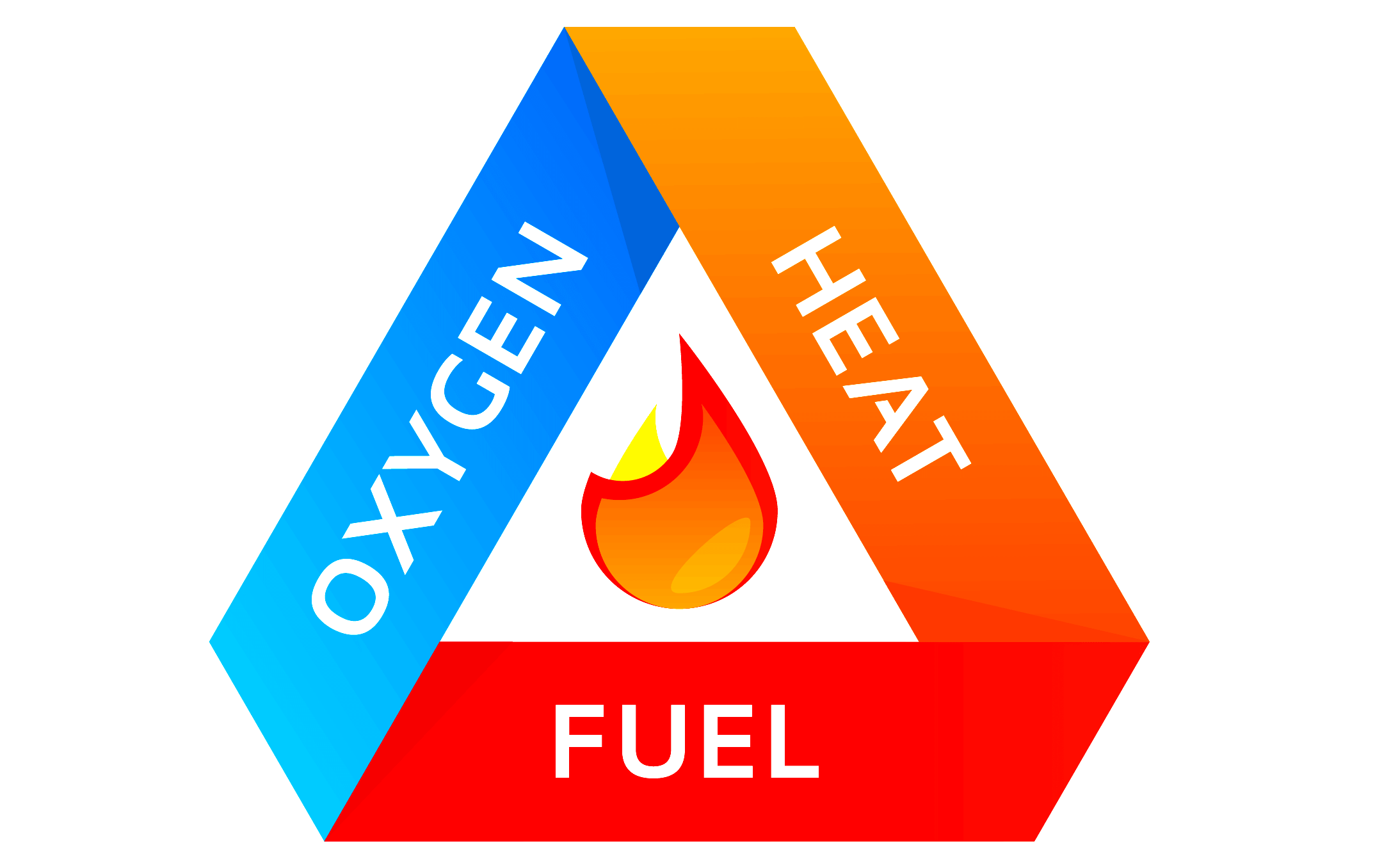

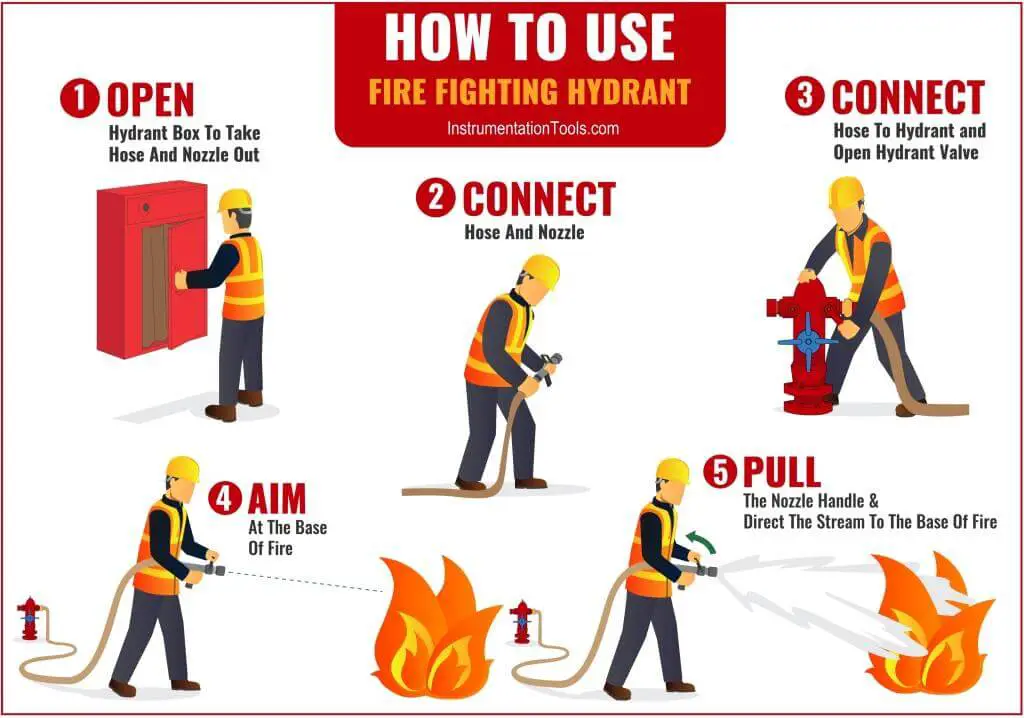
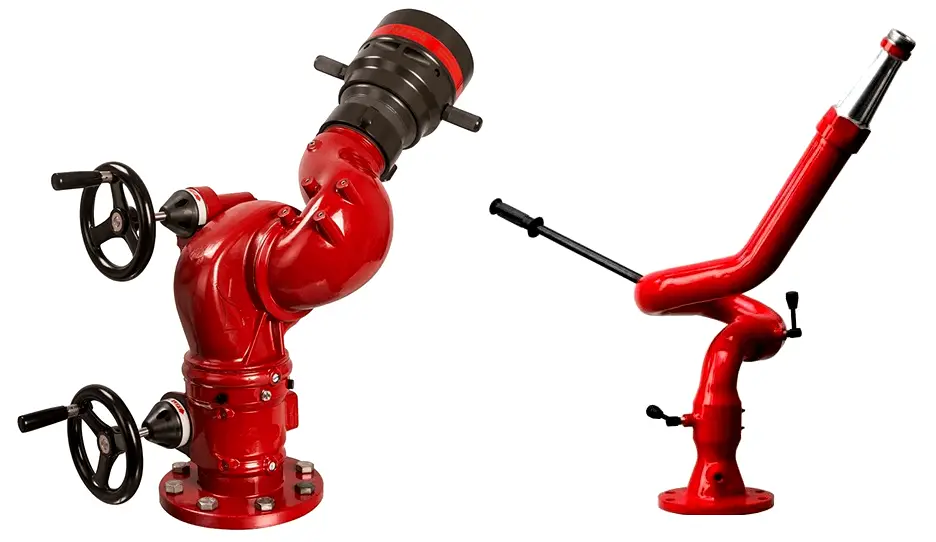
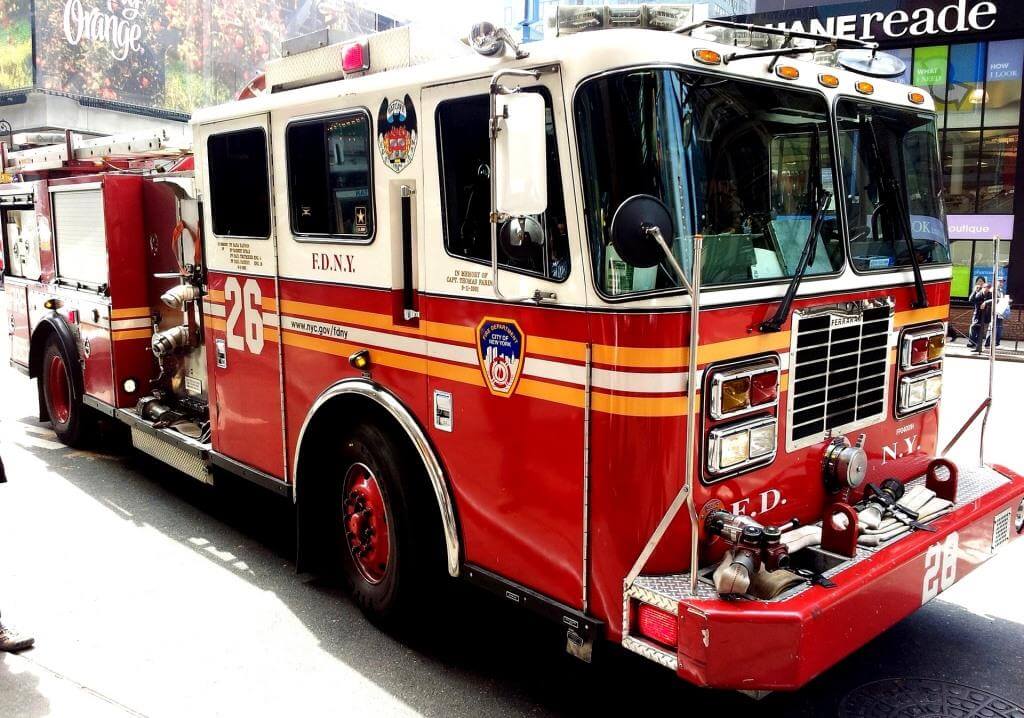

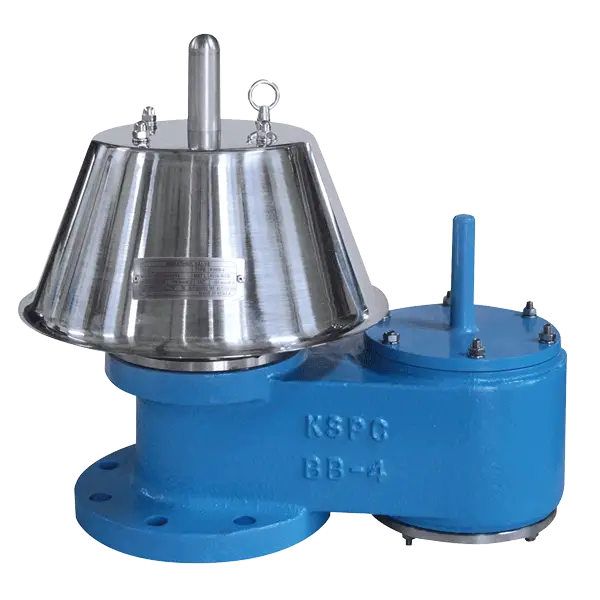
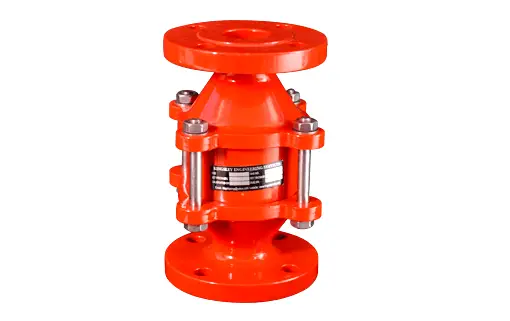
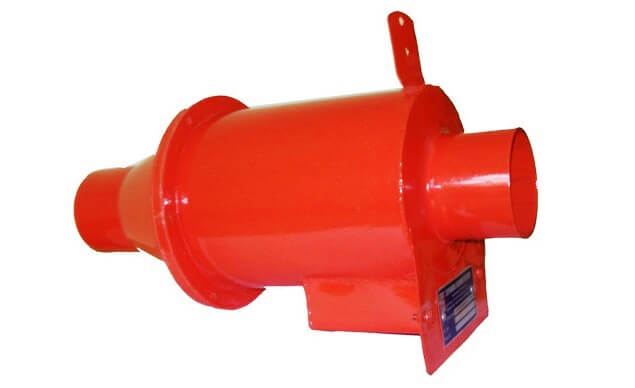
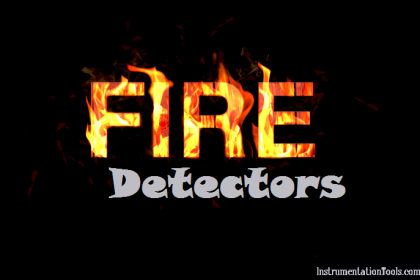
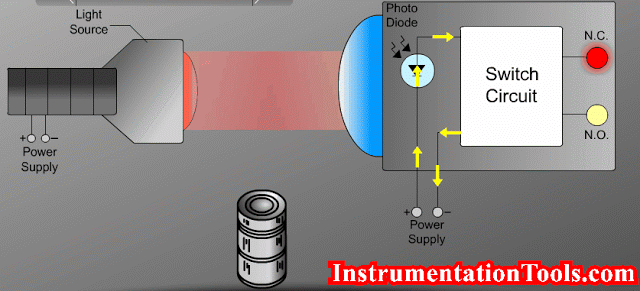
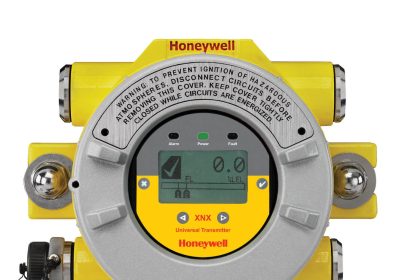
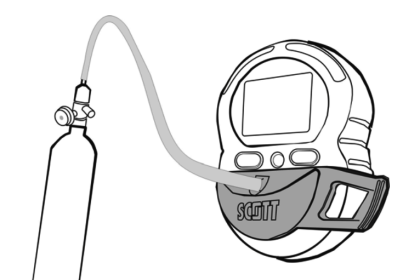
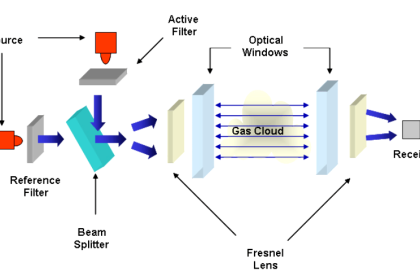
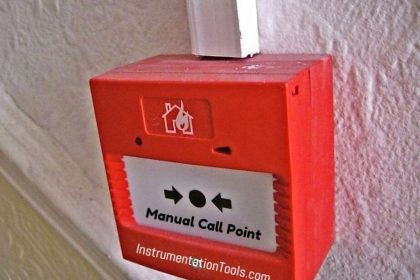
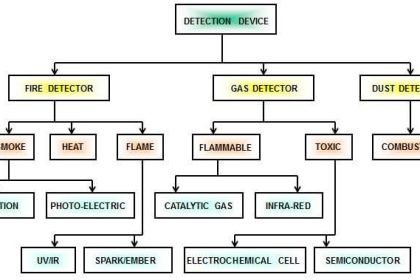
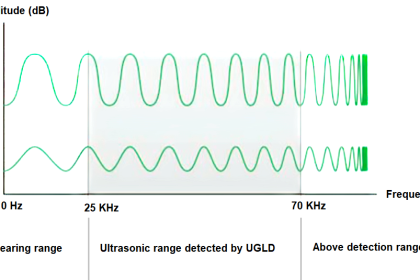
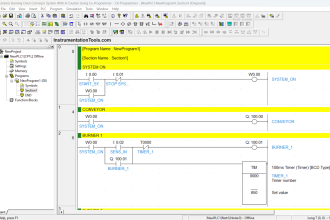



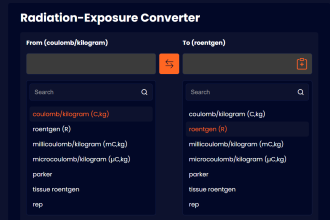
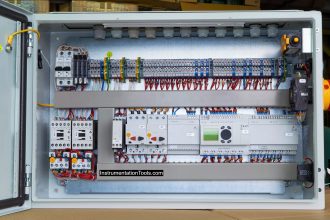
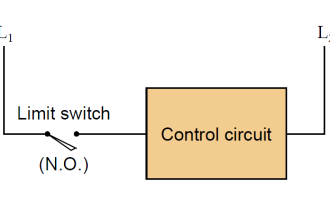


Dear Sir.
Need How to use fire hydrant poster in pdf